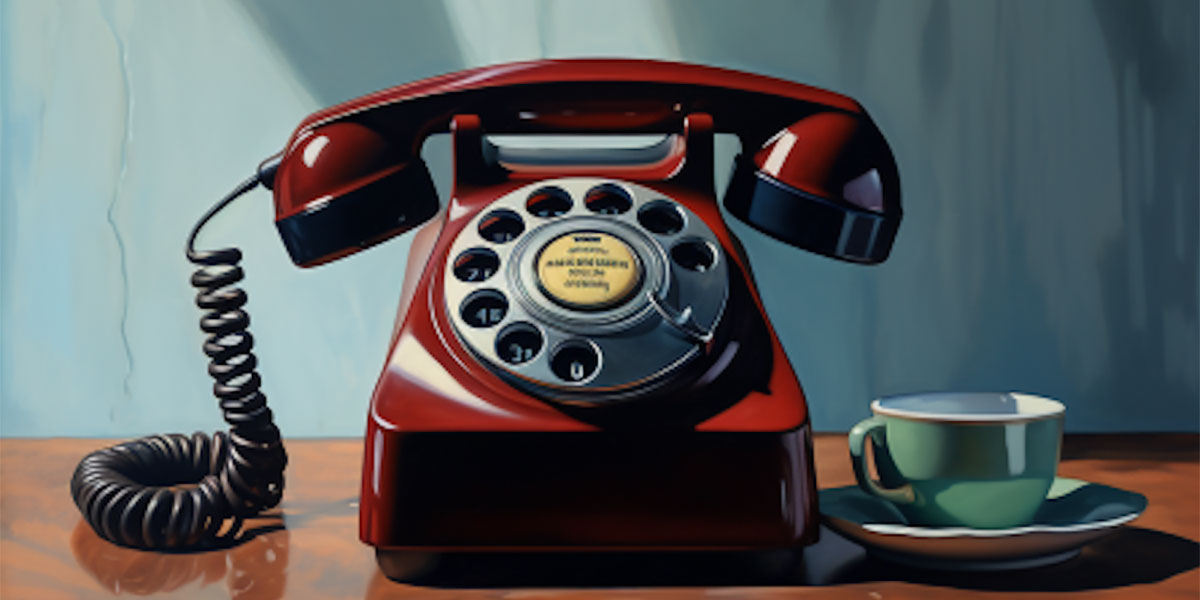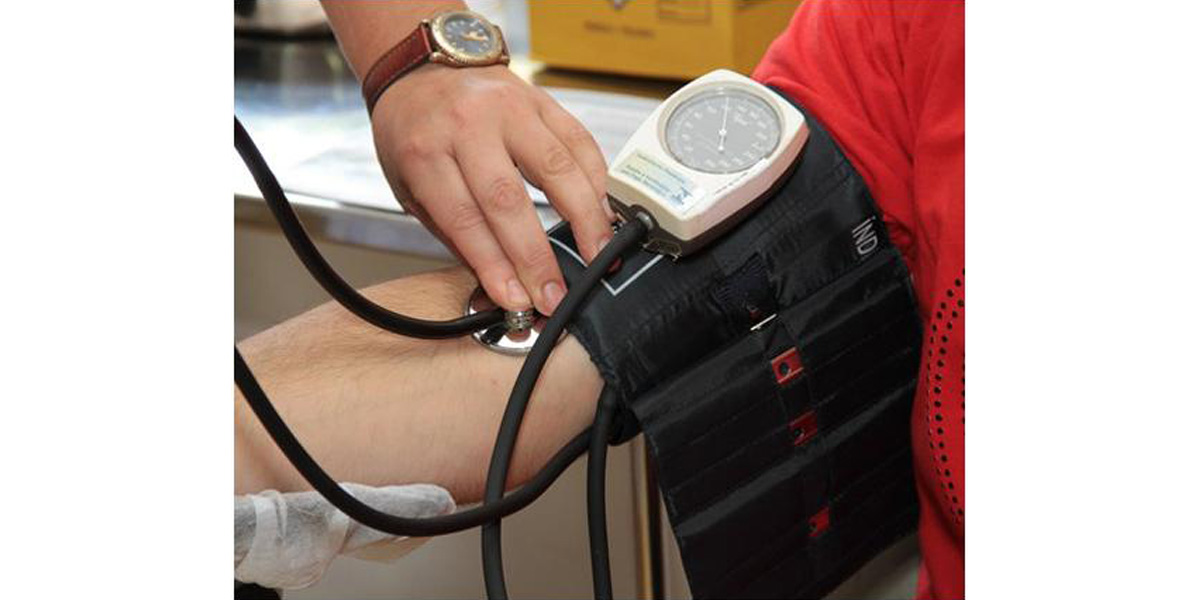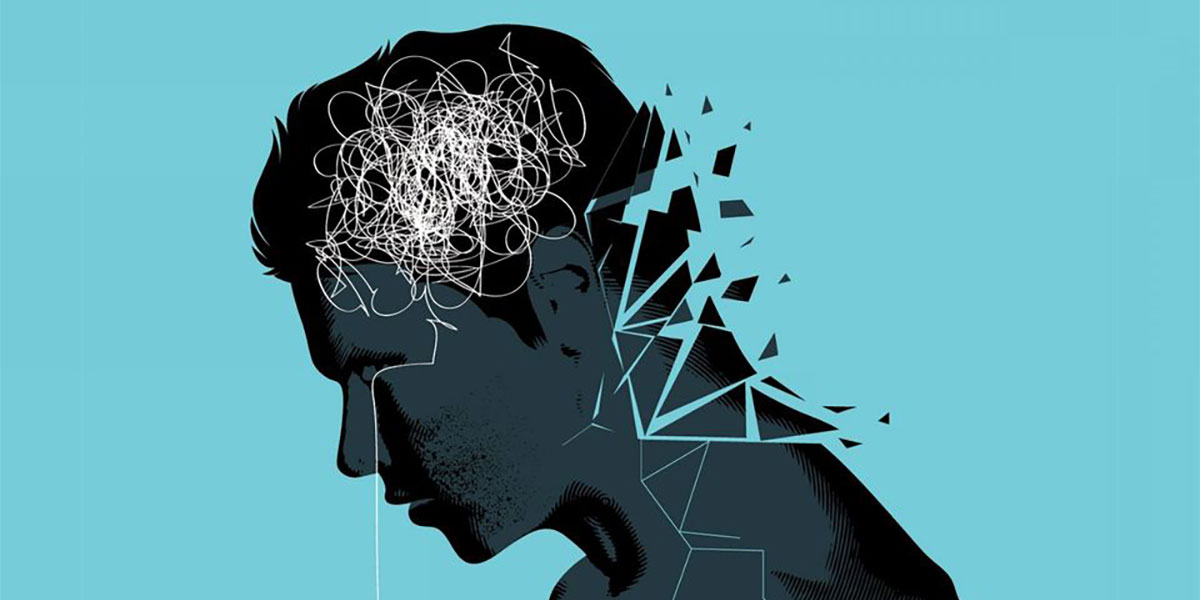
Aftercare and Accountability
An aftercare plan is a crucial aspect of addiction recovery as it provides ongoing support and guidance to individuals after they have completed a treatment
Get Help Today:

An aftercare plan is a crucial aspect of addiction recovery as it provides ongoing support and guidance to individuals after they have completed a treatment

Cognitive-behavioral therapy (CBT) is a type of psychotherapy that aims to help individuals change negative or dysfunctional thought patterns and behaviors that contribute to mental

In Alcoholics Anonymous (AA), identifying as an alcoholic is a crucial part of the recovery process. It serves as a way for individuals to acknowledge

Yoga can be a helpful tool in the recovery process for people struggling with addiction. Here are some ways that yoga can support recovery: Reduces

Physicians can play a crucial role in supporting the addiction recovery process in several ways: Medical Assessment: A physician can perform a comprehensive medical assessment

Family involvement can play a crucial role in the recovery process from addiction. Addiction is often described as a “family disease” because it affects not

Emotional support animals (ESAs) are animals that provide emotional support to individuals with mental health or emotional disabilities. These animals can be any type of

Music therapy can be a valuable component of addiction recovery for many individuals. Music has the power to affect us emotionally and physically, and can

Our team is standing by to give you an individualized approach to treatment.
We offer comprehensive Alcohol and Drug Rehab Programs to help you or a loved one face the challenges of recovery and enjoy a higher quality of life.
Toll Free
1-888-994-5396
Residential Treatment Center
1-805-493-5741
Intensive Outpatient Program
1-805-497-1900
At Wildwood Recovery, our central mission is to alleviate suffering from chemical dependency and position our clients for successful sober living. We believe in the transformative power of effective treatment, having witnessed – and facilitated – recovery in countless individuals. We honor each client’s decision to seek recovery from drug and alcohol addiction with our commitment to treatment excellence delivered with close and personal care.
Residential Facility – DHCS License #: 560040AP – Expiration Date: 8/31/2025 | Outpatient Facility – DHCS License #: 560040BP – Expiration Date: 11/30/2023